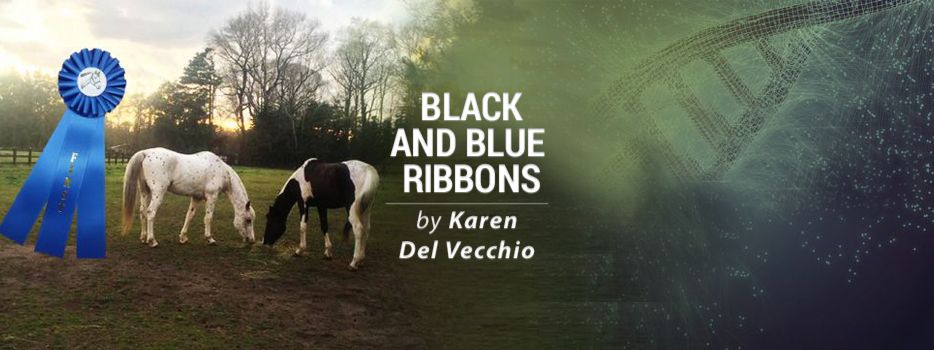Slow and Steady Wins the Recovery Race
Written by |

Last week, I had another follow-up appointment for my finger. In late September, I had surgery to repair a badly broken right ring finger from a freak accident. It was a dislocated spiral fracture, and when the surgeon actually got in there during surgery, he found more bone fragments than were originally obvious on the radiographs.
Despite his best efforts, he wasn’t able to get my finger completely realigned, but it’s significantly better than it would have been without surgery. When I try to bend my hand into a fist, my ring finger slides under my middle finger because of the angle, but that’s OK. I’m so thankful that I have health insurance through my job and that I was able to access a surgeon who specializes in hands to minimize the damage.
At my six-week, post-operative checkup in early November, my surgeon was concerned that my finger was curled, and that I couldn’t straighten it. We realized I likely had badly damaged my extensor tendon. The original break left my finger at an unnatural angle that undoubtedly stretched all the attachments.
With my Ehlers-Danlos syndrome, getting stretched tendons and ligaments to repair themselves and shorten is challenging. As a result, my doctor opted to put me in a removable straight splint for a month, and I was instructed to bend my finger as little as possible. He hoped it would give the tendon the opportunity to heal as best it could.
This most recent checkup was to see if the splinting had improved my finger’s curling enough that I could restart therapy. Thankfully, the answer was yes! It’s still not straight, and likely never will be, but that doesn’t bother me. Grip strength and bending is far more important to me than the ability to fully straighten it, which is more a visual thing than a functional one.
We also realized that I have a lot of scar tissue, which is visible along the top of my finger around the break and the incision. It appears to be impeding my extensor tendon as well. This adds another layer of difficulty to getting that structure healed as much as possible so that it properly moves.
I didn’t realize until that discussion that scar tissue primarily consists of collagen, which those of us with EDS produce poorly. As a result, my scar tissue may be more malleable than someone without EDS. In other words, my EDS might actually help me for once! Win!
I’m thankful that if I had to injure something, it was a finger. Thank goodness it wasn’t my shoulder (yet again), my knee (also again), my ankle (for the umpteenth time), or any other area that would have caused far more disruption to my daily routine.
Sure, I’ve been frustrated by it at times, despite my typically sunny outlook. I’m still human and have my moments. But overall, it could’ve been so much worse.
The road to recovery likely will be measured in months or years, not weeks, but I’m used to that. I’ve learned to accept that my EDS means that recovery tends to take longer than an average person. That used to really upset me, but now I use it as motivation to work my hardest to shorten the time as much as possible. Right now, I’m off to the races with therapy.
I’ll keep everyone posted!
***
Note: Ehlers-Danlos News is strictly a news and information website about the disease. It does not provide medical advice, diagnosis, or treatment. This content is not intended to be a substitute for professional medical advice, diagnosis, or treatment. Always seek the advice of your physician or other qualified health provider with any questions you may have regarding a medical condition. Never disregard professional medical advice or delay in seeking it because of something you have read on this website. The opinions expressed in this column are not those of Ehlers-Danlos News or its parent company, Bionews, and are intended to spark discussion about issues pertaining to Ehlers-Danlos.



Leave a comment
Fill in the required fields to post. Your email address will not be published.